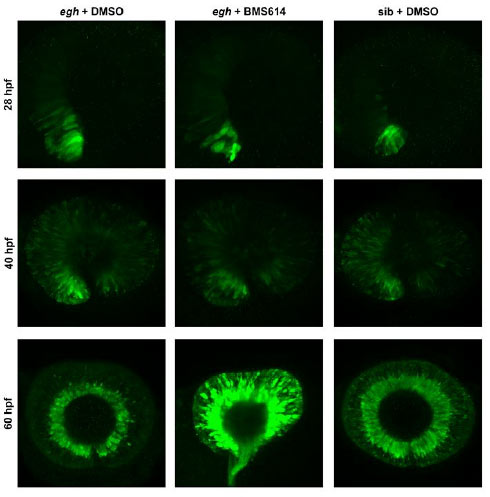2015 Senior Thesis Abstracts
(CLASS OF 2014: If your thesis abstract is not currently included on this page and you would like it to be, please follow this link.)
Testing Drosophila Self-Medication using Ethanol against Parasitoid Wasp Infection
Robin Alexis Byron
Advisor: Todd Schlenke
Parasitoid wasps commonly infect larvae of Drosophila melanogaster and related species, making them a major selective force on drosophilids in the wild. Drosophila have in response evolved a variety of means of protections against parasitoid infection. Recent findings indicated Drosophila melanogaster larvae use ethanol to prophylactically and therapeutically medicate against parasitoid wasp infection. I here examine whether this immune response is found in other members of the genus. To answer this problem I first invested larval alcohol tolerance in various Drosophila species and later exposed larvae of those same species infected by the generalist parasitoid wasp Leptopilina heterotoma to ethanol.
I investigated previously uncharacterized larval alcohol tolerance in ten species of Drosophila by raising larvae through eclosion in vials of instant Drosophila food mixed with ethanol solutions of various concentrations. Trials resulted in high larval mortality in all tested species in control as well as experimental trials, likely resultant from a lack of nutrients in instant food prepared sans yeast. To account for larval mortality, I implemented a novel R function to estimate the LC50 (lethal concentration for 50% of the tested population) that allows for non-zero control mortality, resulting in estimates of larval alcohol LC50.
Following infection of larvae of three Drosophila species—D. hydei, D. melanogaster, and D. willistoni—with Leptopilina heterotoma, I exposed infected larvae to detrimental but tolerable levels of ethanol determined using the information collected in alcohol tolerance trials. There was no significant effect of ethanol exposure on wasp survival in D. hydei and D. willistoni. There was an effect approaching significance in D. melanogaster, with wasp survival higher in cases of ethanol exposure than in controls, which results differ from previously published findings.
Retinoic Acid Signaling and Retinal Ganglion Cell Neurogenesis in the Developing Zebrafish
Advisor: Kara Cerveny
During neurogenesis cells stop proliferating and differentiate into neurons. For this to proceed, several signaling pathways interact with one another. This thesis is a study of how retinal neurogenesis occurs relative to the retinoic acid (RA) signaling pathway in mutant egghead (egh) zebrafish. The egh mutant is characterized by microphthalmia with a ventrally displaced lens and no increased apoptosis. The mutant eyes exhibit dorsally expanded RA pathway activity due to loss of dorsal Gdf6a expression. To test the hypothesis that the small egh eye is due to RA-driven precocious neurogenesis, I incubated zebrafish embryos with a retinoic acid agonist, inverse agonist, and antagonist. Following this, I quantified the extent neurogenesis in both wild type (wt) and egh eyes by examining the expression patterns of a neurogenic marker gene atoh7. The agonist induced precocious neurogenesis in wild-type fish, resembling that of egh. The inverse agonist rescued precocious neurogenesis in egh at early stages of development. The antagonist rescued precocious neurogenesis in egh at early stages, but drastically increased neurogenic gene expression at later stages. These findings indicate that the neurogenic marker gene atoh7 is downstream of RA, and that ventral RA pathway activity is modulated by Gdf6a in wt fish to regulate the timing of retinal neurogenesis.

Altering Ler Linker Hydrophobicity Diminishes Regulatory Activity
Jules Bailey Weinstein
Adviser: Jay Mellies
Enteropathogenic and enterohemorragic Escherichia coli (EPEC and EHEC) are infectious bacteria responsible for widespread diarrheal disease. In EHEC infections, the complication of hemolytic uremic syndrome can be fatal. Both bacteria cause disease by utilizing a system of molecular syringes to inject proteins into host cells. The expression of these systems is dependent on a DNA binding protein called Ler. Prior data suggest the hydrophobic linker region of this protein is required for proper activation. Substituting the 48th amino acid residue, an isoleucine, to arginine (I48R) in Ler greatly decreases linker hydrophobicity. We predicted that protein function would be similarly affected. Here I demonstrate that I48R Ler diminishes, but does not eliminate, expression of genes required for infection. Additionally, in vitro DNA binding activity of I48R Ler indicates that Ler linker function does not solely depend on hydrophobicity. Elucidating the role of the linker in Ler virulence regulation opens the possibility for new treatment strategies targeting Ler activity.